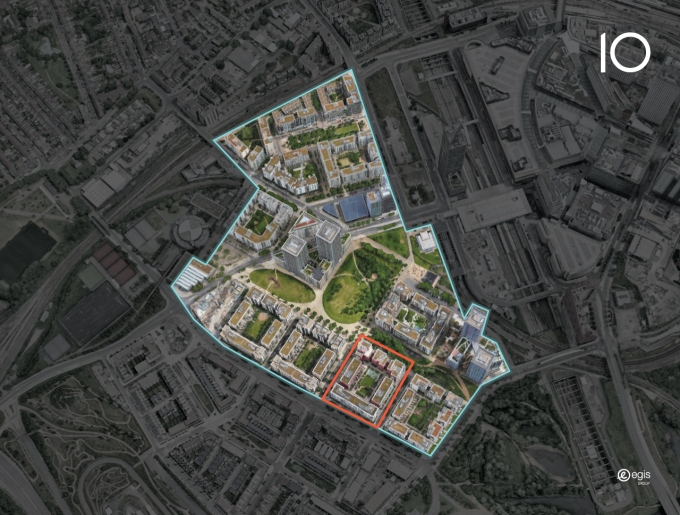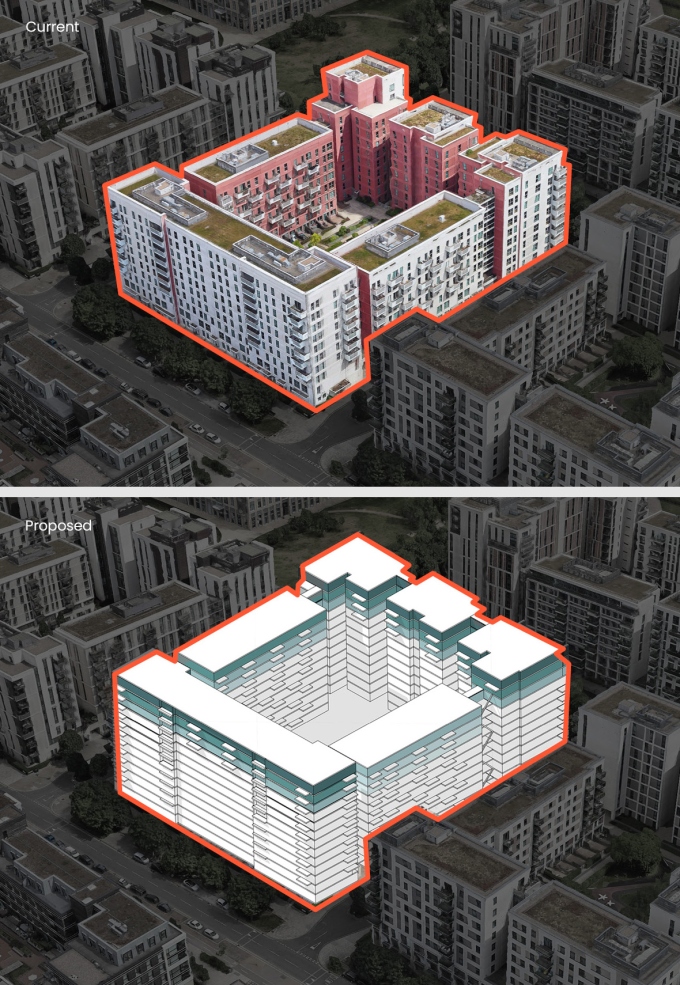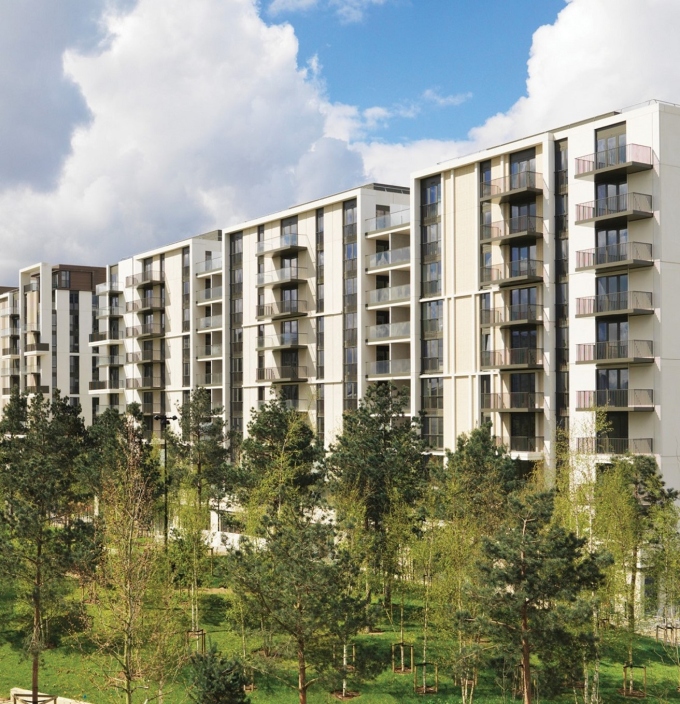Transforming Urban Legacies: 10 Design's Sustainable Impact on London Olympic Village

Since Pierre de Coubertin reimagined the Olympic Games in the 19th century, they have served as a catalyst for urban renewal. Host cities seize the opportunity to invest in infrastructure, revitalize neighbourhoods, and elevate their global image. A new official report estimates that 85% of permanent Olympic facilities built since 1896 remain operational today.
The Games' long-term success in urban and architectural spheres hinges on strategic planning, active community engagement, and striking the right balance between economic, social, and environmental factors. When done right, the Olympics leave a lasting, positive impact on host cities long after the closing ceremony. The 1992 Barcelona Olympics are widely praised for reinvigorating the city's waterfront and infrastructure, playing a pivotal role in transforming Barcelona into the world-renowned tourist hotspot it is today. The 2024 Paris Olympic Games incorporated sustainability principles into their planning to a level of consideration never seen before, with a record 95% of existing structures being repurposed.

Similarly, the London 2012 Olympics prioritised sustainability by creating beautiful new parks and wildlife habitats in Stratford's Olympic Park. Even a decade later, the park's now-mature landscape continues to serve as a powerful catalyst for ongoing development and a testament to the enduring legacy of sustainable Olympic planning. However, not all Olympic legacies are as positive. Some cities have grappled with maintaining Olympic facilities, resulting in underused or abandoned “white elephants.” The cost of hosting the Games can also leave a lasting impact, as witnessed in Montreal (1976) and Athens (2004), where facilities fell into disrepair and economic challenges persisted long after the Olympic flame had moved on. These structures now represent a substantial environmental footprint, particularly their inherent embodied carbon emissions.
The key to avoiding these pitfalls lies in designing adaptable spaces that can evolve to meet the changing needs of future generations. By prioritising long-term planning and community engagement, host cities can create a positive Olympic legacy that benefits residents for years to come. In East Village, London, the site of the 2012 Athletes’ Village, the homes were designed with the future in mind, by intentionally creating the homes to be adaptable for both private and social rental market.

A decade after their initial retrofitting in 2013, 10 Design (part of Egis’ Architecture Line) has been involved in assessing the current performance of these buildings as they undergo a feasibility study to ensure a low-carbon future. Led by Marion Baeli, Principal of Sustainability Transformation, we’ve conducted a comprehensive building performance evaluation to address any efficiency gaps and bring the properties up to current standards, with the LETI guidance serving as a benchmark. Our focus lies in reevaluating energy efficiencies and energy carbon intensity, helping the imperative journey toward zero-carbon emissions in operation. This approach not only maintains the development's market value but also prevents it from becoming a stranded asset.
The collaborative efforts of the design team — 10 Design, Etude, and Buro Happold — will breathe new life into the London 2012 Athletes' Village, ensuring its continued relevance and value. By focusing on adaptability, environmental aspects, and long-term social value, London has not only created an enduring, positive legacy but also proven to be a model for future Olympic hosts to follow. The thoughtful planning and strategic investments in long-term urban assets showcase the potential of the Modern Games to drive meaningful, sustainable change for communities and future generations.
